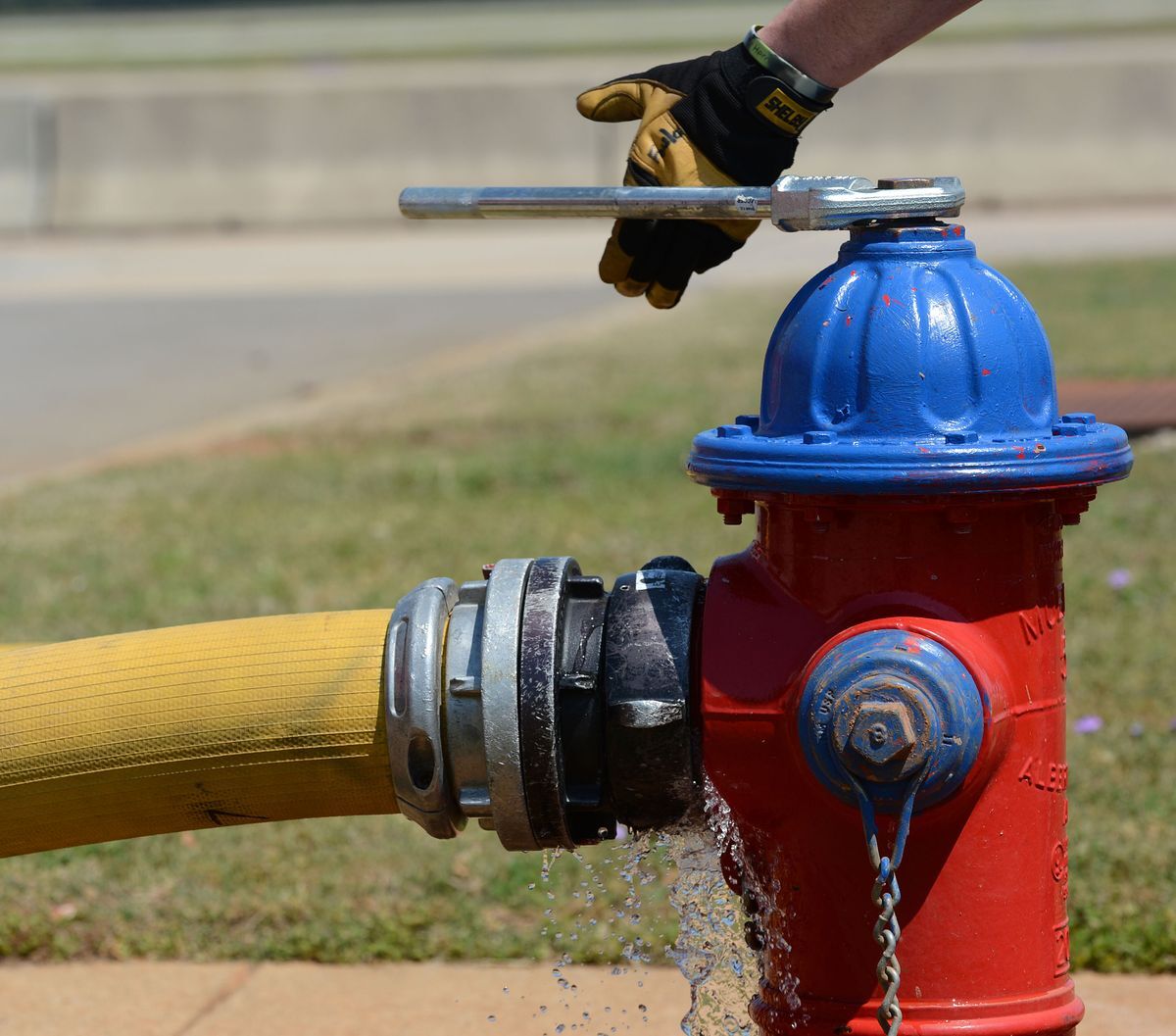When it comes to keeping our communities safe from fire, we all know how crucial it is to have reliable systems in place. Think about it: whether it’s a busy city street or a large industrial site, a fire can spread quickly, putting lives and property at risk. That’s where a fire hydrant booster comes in. These systems are the unsung heroes of fire safety, giving firefighters the extra push they need to tackle blazes effectively.
Critical Role of Fire Hydrant Boosters
Fire hydrant booster is an integral component of a fire protection system, designed to increase the water pressure delivered to a fire hydrant system. This is crucial in situations where the intrinsic water pressure is insufficient to combat fires effectively, particularly in high-rise buildings or areas with extensive horizontal spreads. By boosting the pressure, these systems ensure that water can reach all necessary areas with the force required to effectively control and extinguish fires.
Understanding Australian Standards
The installation and operation of fire hydrant boosters in Australia are heavily regulated to ensure they meet specific safety and performance benchmarks. The primary standard governing these systems is AS 2419.1, which outlines the requirements for the installation of systems for fire protection services. This standard ensures that all fire hydrant systems, including boosters, are capable of delivering the right amount of water at the appropriate pressure in case of a fire.
Compliance with AS 2941
AS 2941 specifically details the requirements for the installation and maintenance of pumpsets used in fire protection Australia. Compliance with this standard is crucial for ensuring that fire hydrant boosters are not only effective but also reliable during emergencies. It covers various aspects of booster performance, including testing, operational readiness and regular maintenance protocols.
Installation Guidelines
Proper installation of fire hydrant boosters is paramount to their effectiveness. It involves several key considerations:
- Location: Boosters must be strategically placed to maximise coverage and efficiency.
- Accessibility: They should be easily accessible for maintenance and emergency interventions.
- Protection: Boosters need to be protected from environmental factors and potential tampering.
Regulatory Compliance and Documentation
Adhering to the stipulated regulations involves meticulous documentation and regular compliance checks. This includes maintaining detailed records of installation, routine inspections, repairs, and modifications. Such documentation is essential not only for regulatory compliance but also for ensuring the longevity and reliability of the equipment.
Importance of Professional Installation and Servicing
Given the complexities associated with fire hydrant boosters and the stringent standards they must meet, professional installation and servicing are non-negotiable. This ensures that every aspect of the booster’s operation is in line with national safety standards, thereby minimising risks and enhancing the overall efficacy of fire response efforts.
Regular Maintenance and Inspection
To maintain the operational integrity of fire hydrant boosters, regular maintenance and inspection are required. This should include checks on pumps, valves and other mechanical components to ensure they are functioning correctly and at peak efficiency. Such routine checks help identify potential issues before they escalate into major problems, ensuring the system’s reliability when needed most.
Innovations and Technological Advancements
The field of fire safety technology is continually evolving, with new innovations and advancements improving the effectiveness of fire hydrant boosters. Staying abreast of these developments is crucial for anyone involved in fire safety management, as it allows for upgrades to systems that enhance their functionality and compliance with ever-tightening standards.
Preparing for Audits and Inspections
Understanding what to expect during audits and inspections can significantly ease the compliance process. Facilities should prepare by reviewing their fire safety protocols, ensuring documentation is up to date, and conducting pre-audit checks on all equipment.
Navigating the regulations and standards for fire hydrant boosters in Australia is a critical task that demands attention to detail and an unwavering commitment to safety. At Australia Fire Protection, we understand the complexities involved in maintaining compliance and ensuring the effectiveness of fire safety equipment. Why worry when you have the experts to take care of it? If you need guidance, installation or maintenance of fire hydrant boosters, don’t hesitate to contact us at 1300 475 715. Our team of experienced professionals is ready to provide you with the best solutions tailored to your needs, ensuring your fire protection measures are robust, compliant and efficient.


